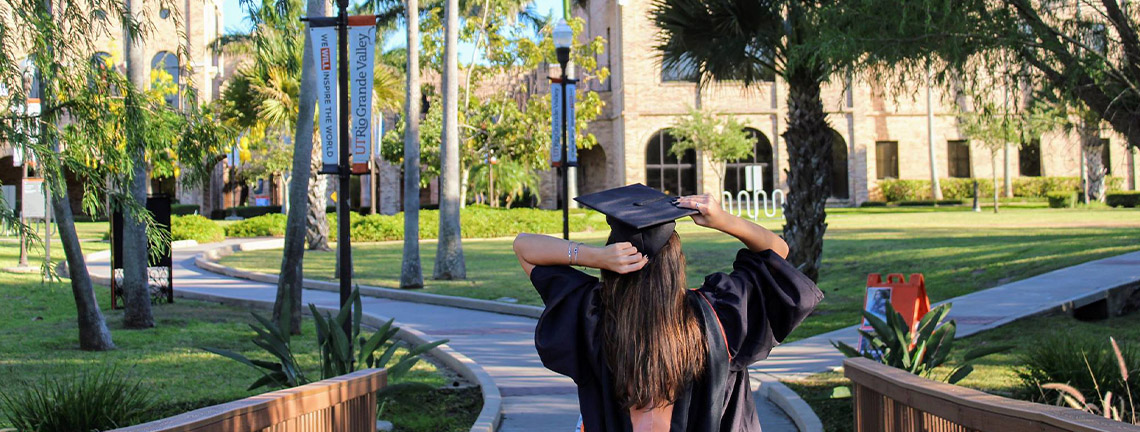
Theses and Dissertations
Date of Award
5-2024
Document Type
Thesis
Degree Name
Master of Science in Engineering (MSE)
Department
Civil Engineering
First Advisor
Mohamed Raheem
Second Advisor
Philip Park
Third Advisor
Thang Pham
Abstract
The urgent need to address climate change and environmental damage presents humanity with significant challenges that must be tackled quickly, not acting promptly will result in irreversible consequences, such as extreme weather events, public health risks, and water shortages, among other impacts.
Due to its enormous size and variety of uses, the construction industry is a key factor in addressing the climate challenge. Specifically, concrete as the most used construction material in the world is a good target for developing innovative and Sustainable improvements to reduce environmental impacts.
Using by-products from other industries in concrete manufacturing is a common and successful practice, for example, the use using pozzolanic materials or waste products from other sectors in place of cement is a direct strategy for cutting down on the amount of cement used (Ho et al., 2018). With this strategy, the circular economy concept is relevant for resource management, climate adaptation, and environmental preservation.
Red mud is a waste material derived from bauxite processing into aluminum, its disposal and handling represent serious environmental issues. In similar way basalt dust is a waste material from aggregates and stone industry, as consequence of crushing and sieving procedures.
High, and Ultra High-performance concretes, as its names refers, have remarkable superior characteristics than conventional ones, allowing to develop more durable, light, versatile and resistant structures, however its main disadvantage is related to high production costs and environmental impact.
This research proposes the assessing of using red mud and basalt dust as partial replacement of cement in High and ultra-High-performance concretes, with the aim to develop a more sustainable concretes in term of cost and environmental impact.
The developed assessment is composed of four modules. Two dedicated to the evaluation of red mud in High and Ultra High-performance concrete, and similarly, other two about Basalt Dust influence in the two mentioned concrete types.
Each module follows the same methodology, assessing the influence of each sub-product in concretes in terms of compressive strength, slump flow, followed by a cost and CO2 savings analysis. To do this control mixes were proposed and, from this control mixes, four alternative formulations were proposed with cement replacements from 10 to 40%.
Results obtained in terms of performance suggested minimum affections in terms of compressive strength and flowability compared with sustainability benefits in terms of cost and environmental impact.
For this reason, considering measures to tackle performance affections, this study suggest that is viable their use in High and Ultra High-performance concrete, however more research is needed, and some considerations should be considered that limits this conclusion.
Recommended Citation
Chirino Andalco, Enrique, "Development of a More Sustainable High and Ultra-High-Performance Concrete" (2024). Theses and Dissertations. 1489.
https://scholarworks.utrgv.edu/etd/1489


Comments
Copyright 2024 Enrique Chirino Andalco.
https://go.openathens.net/redirector/utrgv.edu?url=https://www.proquest.com/pqdtglobal1/dissertations-theses/development-more-sustainable-high-ultra/docview/3085280082/sem-2?accountid=7119